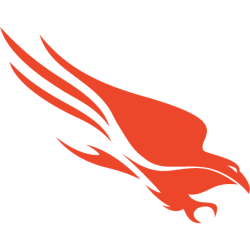
CRWD
CrowdStrike Holdings, Inc.
$496.9
-12.26
(-2.41%)
| Exchange: | |
| Market Cap: | 123.095B |
| Shares Outstanding: | 171.202M |
About The Company
| Sector: | Technology | |||||
| Industry: | Software – Infrastructure | |||||
| CEO: | George R. Kurtz | |||||
| Full Time Employees: | 10118 | |||||
| Address: |
|
|||||
| Website: | https://www.crowdstrike.com |
CrowdStrike Holdings, Inc. provides cloud-delivered protection across endpoints and cloud workloads, identity, and data. It offers threat intelligence, managed security services, IT operations management, threat hunting, Zero Trust identity protection, and log management. The company primarily sells subscriptions to its Falcon platform and cloud modules through its direct sales team that leverages its network of channel partners. It serves customers worldwide. The company was incorporated in 2011 and is based in Austin, Texas.
Click to read more…
Revenue Segmentation
EPS
Earnings Call
Income Statement
(* All numbers are in thousands)
Balance Sheet
(* All numbers are in thousands)
Cash Flow Statement
(* All numbers are in thousands)
Analyst Estimates
(* All numbers are in thousands)







